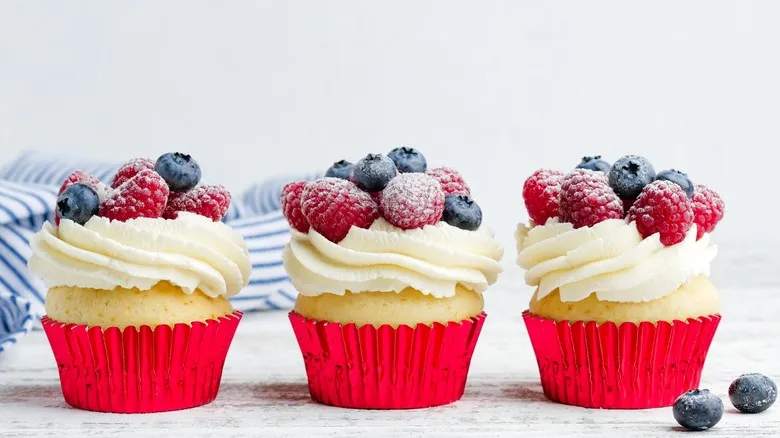Why shortening is so effective in frosting
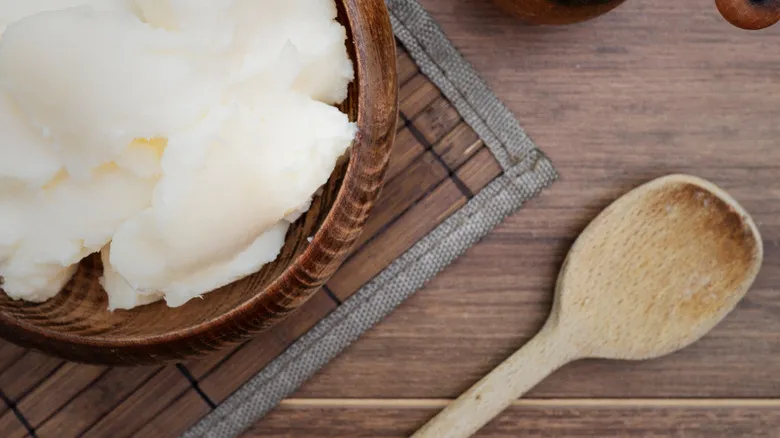
However, the advantages of shortening extend beyond its ability to create fluffier frosting. One significant benefit is its shelf stability, allowing cakes frosted with shortening to remain at room temperature for several days. Other frostings, like buttercreams—specifically those without eggs, cream cheese, or whipped cream—can also endure a few days at room temperature. In contrast, butter-based buttercreams may start to melt if not refrigerated. Shortening-based frostings, on the other hand, can be kept at room temperature for up to two days without the same melting risk as their butter counterparts. Furthermore, many shortenings, such as Crisco, are vegan, making them an excellent choice for individuals with specific dietary needs.
You also won’t have to worry about your shortening-based icing wilting. This is due to shortening's higher melting point compared to butter, which allows shortening-based icings to withstand warmer temperatures. Its elevated melting point means you can frost a slightly warm cake without fear of melting or losing shape. Additionally, the pure, white color of shortening can create a bright white icing for cakes, cupcakes, and cookies, especially when combined with confectioners' sugar and clear vanilla extract.
Shortening and butter can work together in your frosting
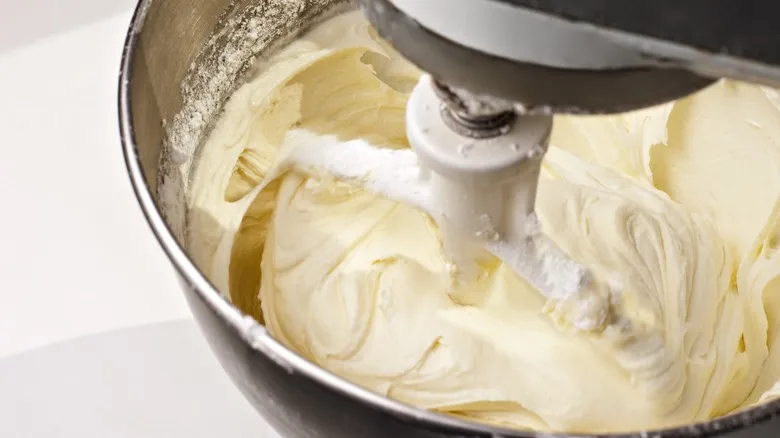
For those accustomed to creating butter-based frostings, transitioning to shortening may feel daunting. However, it doesn't have to be an all-or-nothing decision. While pure shortening frostings are a viable option for home bakers and are commonly found in commercial bakeries, you can adopt a more balanced approach to incorporating shortening into your recipes.
There's no need to choose exclusively between butter and shortening when you can use both. To achieve the ideal blend of butter and shortening in your frosting, simply use equal parts of each. This combination will provide your frosting with the wonderful texture of shortening while retaining the rich and unique flavor of butter. Additionally, this method will offer some of the advantages of shortening-based frostings, such as improved heat resistance. So, the next time you're preparing a scrumptious cake, consider reaching for your tub of shortening instead of butter for your frosting needs.
Recommended

The Secret Behind Luxurious Restaurant Soups And Sauces Is A Bit Of Butter

Pickle Juice Is The Key To Bright (Not Overpowering) Pasta Salad
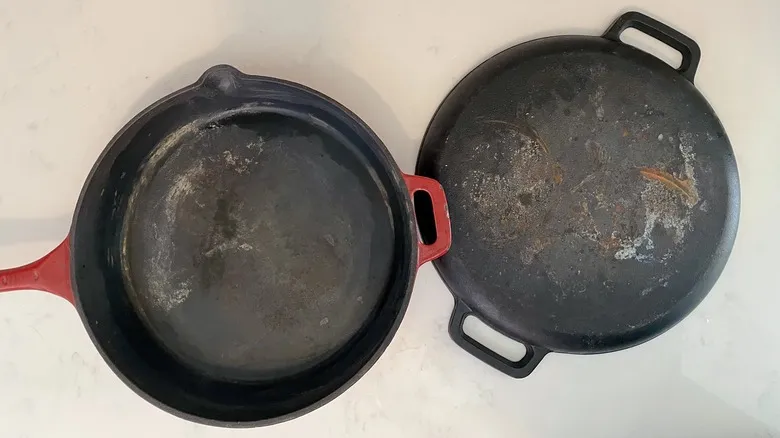
How To Season A Cast Iron Pan, New Or Old
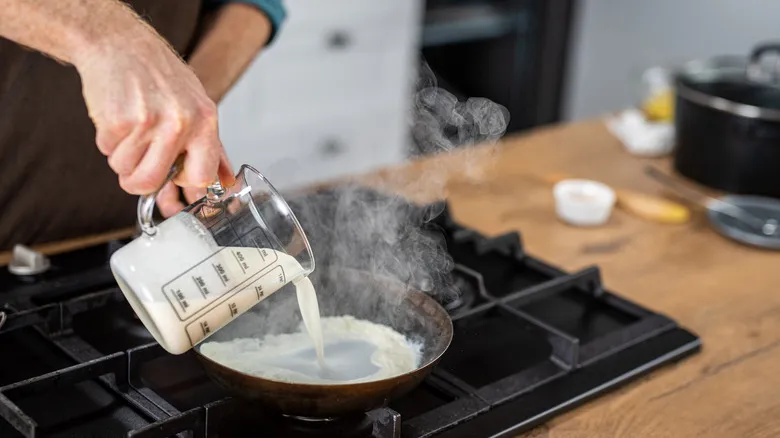
The Simple Tip For Evaporating Your Own Milk
Next up

